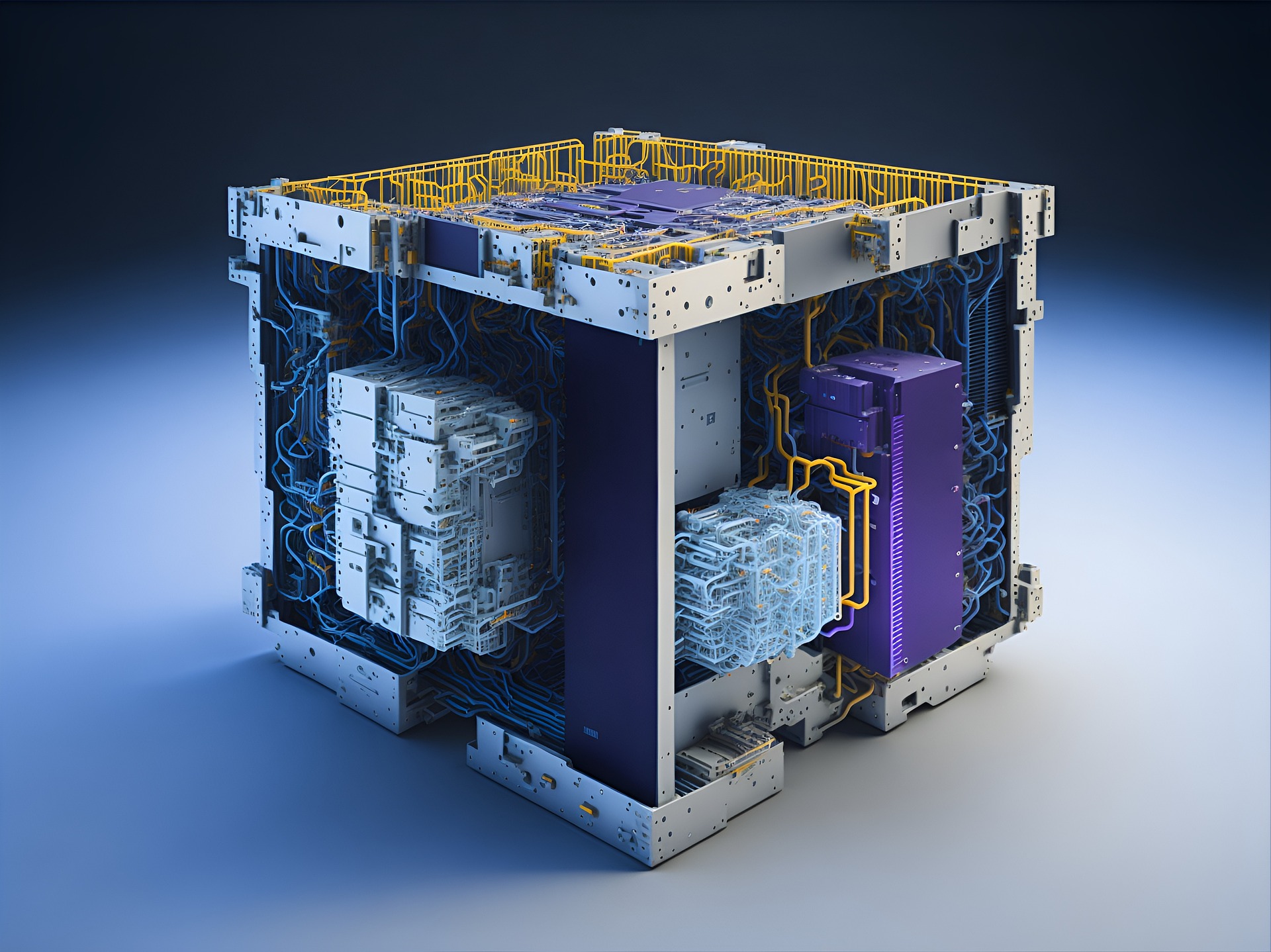Adaptive Thermal Interfaces: The Cool Revolution in Electronics
In the ever-evolving world of electronics, heat management remains a critical challenge. As devices become more powerful and compact, the need for efficient cooling solutions grows exponentially. Enter adaptive thermal interfaces: a groundbreaking technology that's reshaping how we approach thermal management in electronics. This innovative solution promises to revolutionize everything from smartphones to data centers, offering a glimpse into a future where overheating becomes a problem of the past.

What Are Adaptive Thermal Interfaces?
Adaptive thermal interfaces represent a paradigm shift in cooling technology. Unlike static thermal interface materials, these smart materials can change their properties in response to temperature fluctuations. They can expand, contract, or alter their thermal conductivity to optimize heat dissipation. This adaptability allows for more efficient and responsive cooling, tailored to the specific needs of a device at any given moment.
The Science Behind the Cool
At the heart of adaptive thermal interfaces lies a combination of material science and smart engineering. These interfaces often utilize phase-change materials, shape memory alloys, or liquid metals that respond to temperature changes. Some designs incorporate microfluidic channels that can adjust their flow based on thermal load. Others use materials that change their molecular structure to enhance or reduce thermal conductivity as needed.
Real-World Applications and Impact
The potential applications for adaptive thermal interfaces are vast and varied. In smartphones, these interfaces could allow for sustained peak performance without thermal throttling. Data centers could see significant improvements in energy efficiency, as cooling systems adapt in real-time to server loads. Even electric vehicles stand to benefit, with more efficient battery thermal management leading to improved range and longevity.
Challenges and Future Developments
While promising, adaptive thermal interfaces are not without challenges. Durability, cost, and integration with existing manufacturing processes are key hurdles that researchers and engineers are working to overcome. However, the potential benefits are driving rapid innovation in the field. Future developments may include AI-driven thermal management systems that predict and preemptively adapt to heat generation patterns.
The Cool Factor: Market Impact and Pricing
As with any emerging technology, the initial cost of adaptive thermal interfaces is relatively high. Current estimates place the price premium at 30-50% over traditional thermal solutions. However, as manufacturing scales up and the technology matures, prices are expected to drop significantly. Market analysts predict that by 2025, adaptive thermal interfaces could capture up to 15% of the global thermal management market, valued at over $8 billion.
A Cooler Future Awaits
Adaptive thermal interfaces represent a cool revolution in electronics, offering a smart solution to one of the industry’s hottest problems. As this technology continues to evolve, we can look forward to more powerful, efficient, and reliable electronic devices across all sectors. From the smartphones in our pockets to the servers powering the cloud, adaptive thermal interfaces are paving the way for a future where heat is no longer a limiting factor in electronic design and performance.





